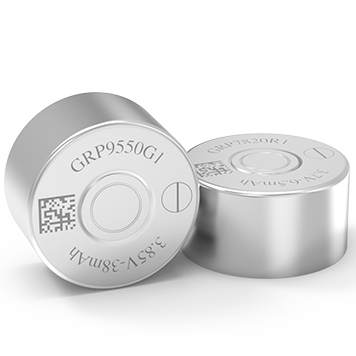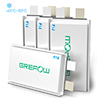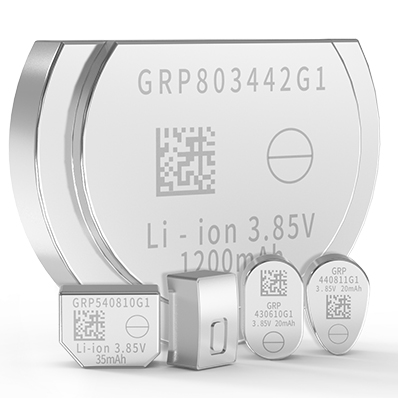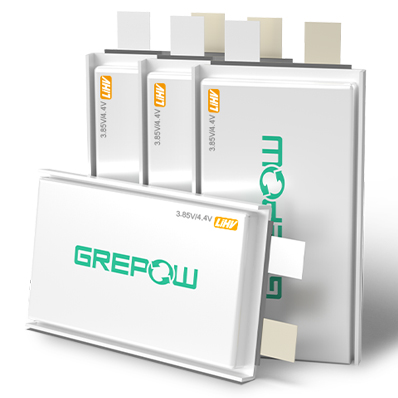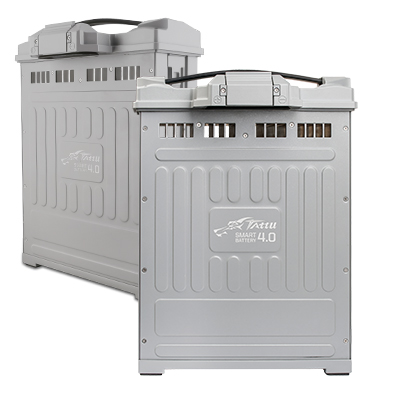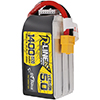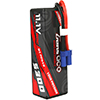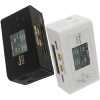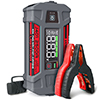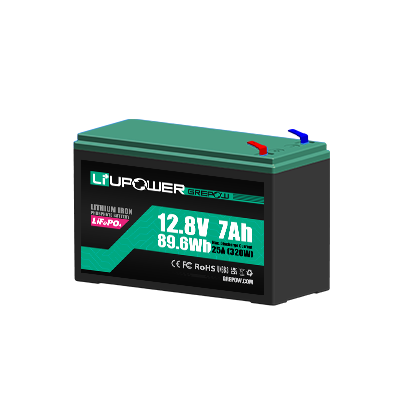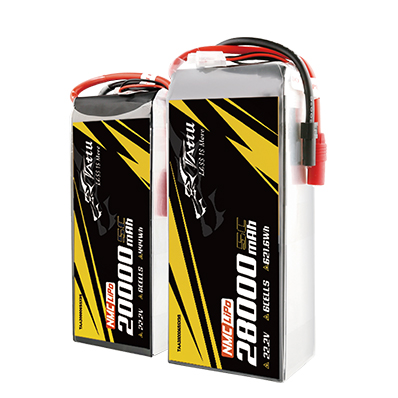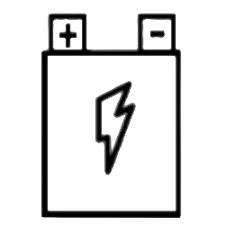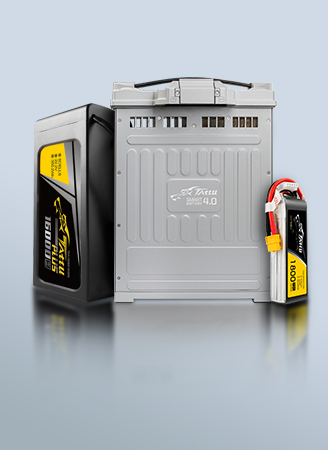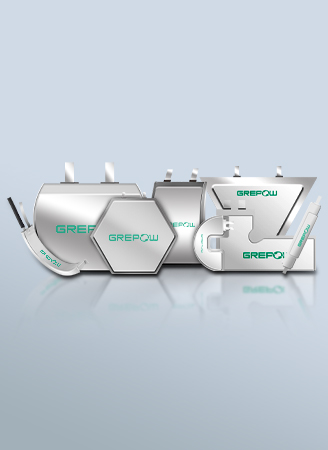Building an FPV Drone: A Deep Dive into the Technology
Flying First-Person View (FPV) drones is one of the most exhilarating and rapidly evolving segments of the drone world. Whether you're chasing adrenaline-packed racing circuits or capturing cinematic landscapes from the sky, understanding the technology behind FPV drones is essential.This guide draws from a detailed project overview to provide a step-by-step approach to building your own FPV drone.We will explore the key components, their functions, and how they come together to create a machine that can soar through the skies.
Why Build an FPV Drone?
FPV isn't just about flying; it's about piloting. The real-time video feed transmitted to goggles creates an unparalleled sense of immersion, enabling high-speed racing, cinematic aerial footage, and navigating complex environments far beyond the pilot's direct line of sight. Building an FPV drone allows you to customize its performance, learn about drone technology, and gain hands-on experience with electronics and flight systems. By assembling your own drone, you can tailor it to your specific needs, whether for racing, freestyle flying, or aerial videography.
Understanding the Core Components of FPV Drones
To build a functional FPV drone, you’ll need to understand its core components. Each plays a critical role in ensuring the drone flies smoothly and captures high-quality video.
1. Frame: The Drone’s Backbone
Every drone needs a skeleton, and in the FPV world, that's the frame. The frame is more than just a chassis; it's the mounting point for every other component. The ideal frame is both strong and lightweight, and carbon fiber is the go-to choice due to its exceptional strength-to-weight ratio, owed to its ability to form up to four covalent bonds with other carbon atoms. This results in high stiffness, rigidity, and heat resistance (melting point above 3,500°C).To prevent fiber splitting at the edges—a common issue with carbon fiber frames—sand the edges with 400-grit sandpaper.
2. Motors: The Thrust Providers
The motors are the muscle of the drone, providing the thrust needed for flight. FPV drones use brushless motors, which offer a fantastic combination of power, longevity, and efficiency for their weight. Brushless motors power the drone’s movement by converting electrical energy into rotational force. Inside these motors are copper wire coils acting as electromagnets, which interact with permanent magnets to spin the motor shaft. Brushless motors are preferred for their longevity and power-to-weight efficiency, crucial for maintaining flight performance.
3. Electronic Speed Controller (ESC): Your Drone's Transmission
But motors can't work alone. They need an Electronic Speed Controller (ESC) to tell them how fast to spin. Think of the ESC as the drone's gearbox. It takes the throttle signal from the flight controller and translates it into the precise speed for each motor. For our build, we should use four ESCs, one for each motor.
4. Flight Controller (FC): The Drone's Brain
The flight controller (FC) is a small circuit board that processes pilot inputs and directs motor RPM accordingly. When the pilot signals the drone to move forward, the flight controller calculates how to adjust the speed of each motor to achieve that movement. Modern flight controllers are equipped with sensors like gyroscopes for orientation and barometers for holding altitude. Some even integrate GPS for autopilot and fail-safe features. The flight controller is also the hub for all the drone's connections, linking to the video transmitter, receiver, and other peripherals.
5. Video Transmitter (VTX) and Camera: The Eyes of the Drone
What makes an FPV drone "first-person view"? The video transmitter, or VTX. This component takes the video feed from a small camera on the drone and transmits it wirelessly to a pair of FPV goggles worn by the pilot. This gives the pilot the sensation of being in the cockpit of the drone.The VTX converts the camera’s electrical signal into radio waves, which the goggles receive and display in real time. This allows pilots to fly beyond visual line of sight, greatly expanding the drone’s range.
6. Battery: The Drone’s Lifeline
FPV drones typically use Lithium-ion Polymer (LiPo) batteries due to their high capacity and fast discharge rates. A 1500mAh LiPo battery provides longer flight times and greater torque, especially at low speeds, making it ideal for agile maneuvers. Ensure proper battery management to avoid over-discharge and extend lifespan.

Communication: How the Drone Talks
Transmission (Pilot -> Drone):
Modulation: The pilot's control inputs (stick movements) are sent from the transmitter (radio controller) to the drone's receiver. This involves encoding the signal onto a radio wave carrier.
Types: core modulation types relevant to RC:
●Amplitude Modulation (AM): Varies the signal's strength (height of the wave).
●Frequency Modulation (FM): Varies the signal's pitch (spacing between waves).
●Phase Modulation: Varies the timing phase of the wave.
Reception (Drone -> Pilot - Video Feed):
●VTX & Goggles: The drone's VTX broadcasts the camera's video signal. The pilot's goggles receive this signal.
●Bands & Channels: Video transmission uses specific frequency bands (e.g., 5.8GHz, labeled A, B, C, F, etc.). Within each band are multiple finer channels (e.g., 8 channels per band). Both the VTX and goggles must be set to the exact same band and channel.
●Modern Convenience: Auto-scan features on goggles automatically search and lock onto the VTX's active channel, simplifying setup.
Assembly and Configuration: Crafting a Reliable Drone
Building an FPV drone is an exercise in precision electronics and mechanical assembly. Here are valuable practical tips:
Mastering the Iron: Soldering
●Pre-Tinning is Key: You can use the "pre-solder" method: apply solder separately to the wire and the pad/connection point on the circuit board first. Then, bring the tinned wire to the tinned pad and reheat to fuse them. This creates vastly stronger, more reliable joints than trying to solder a bare wire directly.
Software Configuration: BetaFlight Setup
●Sensor Alignment: Critical! If the Flight Controller is mounted rotated (e.g., 90 degrees), this must be configured in BetaFlight so it correctly interprets drone orientation.
●Motor Direction & Order: Ensuring motors spin the correct direction (often inward on front, outward on back for stability) and are mapped correctly to the FC is essential for controlled flight.
●Failsafe Setup: Non-Negotiable. Configuring what the drone does if it loses the transmitter signal (e.g., cut motors immediately, or gently land) is vital for safety and preventing "flyaways".
The Build Process:
●Recommended sequence: Frame -> Motors -> ESC/FC soldering -> Battery strap -> Camera (noting the common pitfall of forgetting the camera early on!).
The Legal Reality:
●Laws vary, but many countries (including the US and UK) require registration of drones above a certain weight and pilots to pass knowledge tests. Flying without compliance is illegal. Always check and adhere to local regulations before your first flight.
Tips for Success
●FPV is Deep Tech: It's a complex interplay of aerodynamics, high-speed electronics, radio communication, and software.
●Knowledge is Power: Understanding components (like LiPo risks, ESC roles, modulation) is crucial for both building and safe operation.
●Precision Matters: Careful soldering (pre-tinning!) and meticulous BetaFlight configuration (sensors, motors, failsafe) are the difference between success and failure (or crash).
●Safety is Paramount: Respect LiPo batteries. Set failsafes. Understand and follow all local drone regulations. Flying illegally risks fines and endangers others.
●Start Simple: If new to FPV, begin with basic flight modes before experimenting with advanced settings.
Conclusion
Building an FPV drone taught me far more than just assembly—it introduced me to electrical engineering principles, flight mechanics, and radio communication. Whether you're a student, hobbyist, or aspiring drone pilot, diving into this world offers immense educational value and personal satisfaction. Research thoroughly, follow safety guidelines, and always check your local drone regulations. As the world’s leading LiPo battery manufacturer, Grepow offers a full range of FPV drone batteries tailored for every flying style. Whether you're chasing podiums with our high-performance Tattu R-line series for racing drones, pushing the limits with the Tattu Funfly series for freestyle, or exploring far horizons with our Standard series for long-range FPV drones—Grepow has the perfect FPV drone battery to match your drone and your mission. If you have any questions or needs, please feel free to contact us at info@grepow.com.
Related Articles
-

Vatican Drone Show: Where Technology Meets Faith
2025-09-15 -
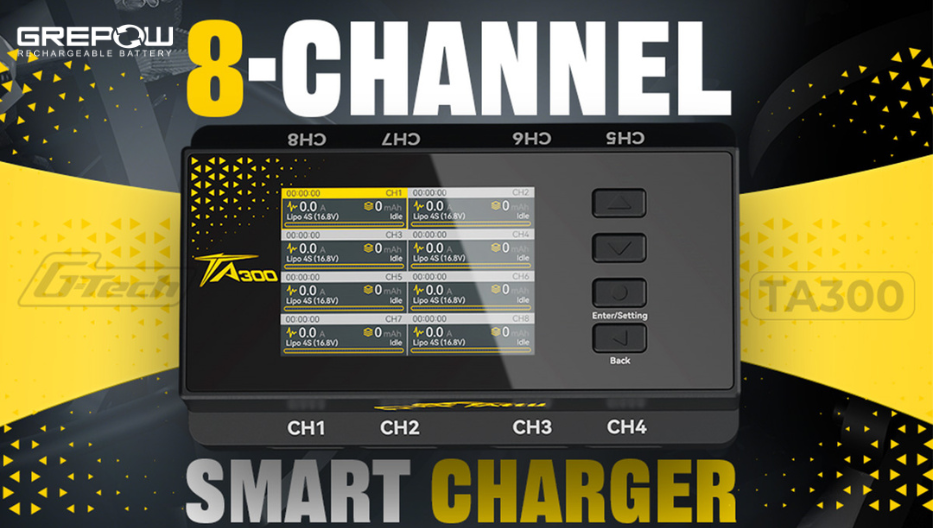
New Release: Tattu TA300 Multi-Channel Smart Charger for Drone Soccer
2025-09-12 -
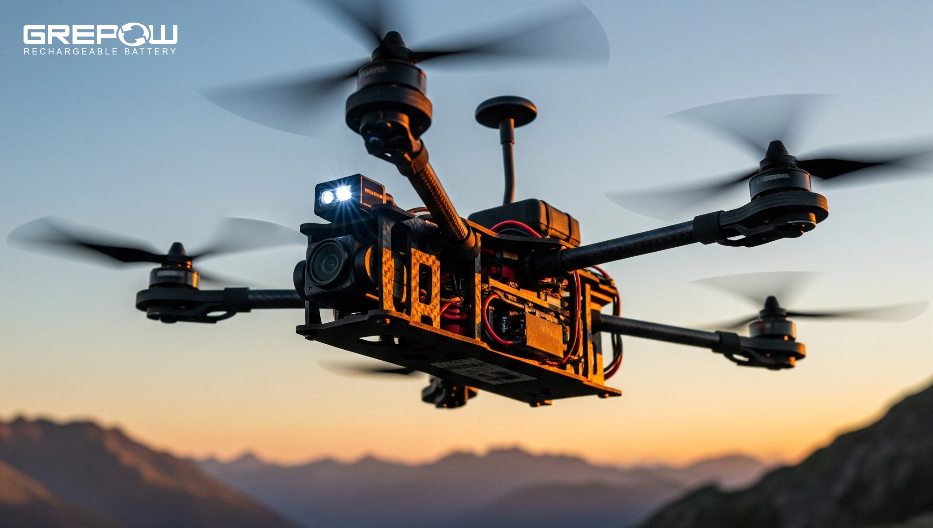
10 Inch FPV vs 13 Inch FPV vs 15 Inch FPV: What’s the Difference?
2025-07-31
Related products
-
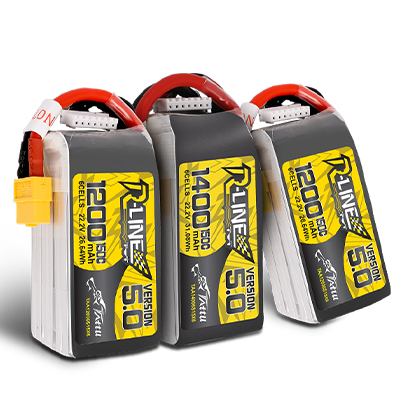
Grepow Tattu R-Line 5.0 Series FPV Battery Pack
-
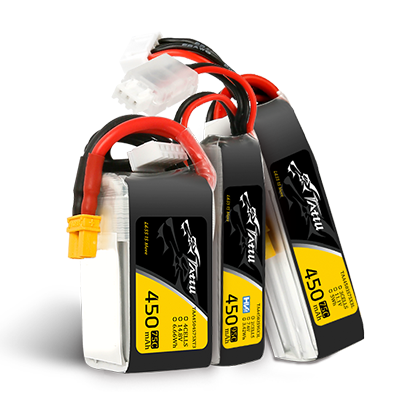
Grepow Tattu Standard Series FPV Done Battery Pack
-

Grepow Tattu Funfly Series FPV Battery Pack




